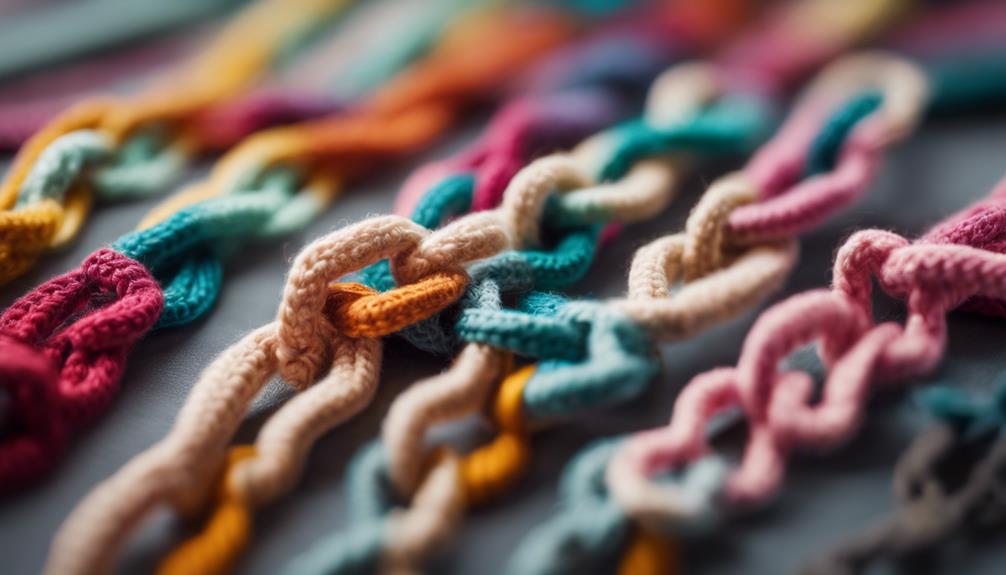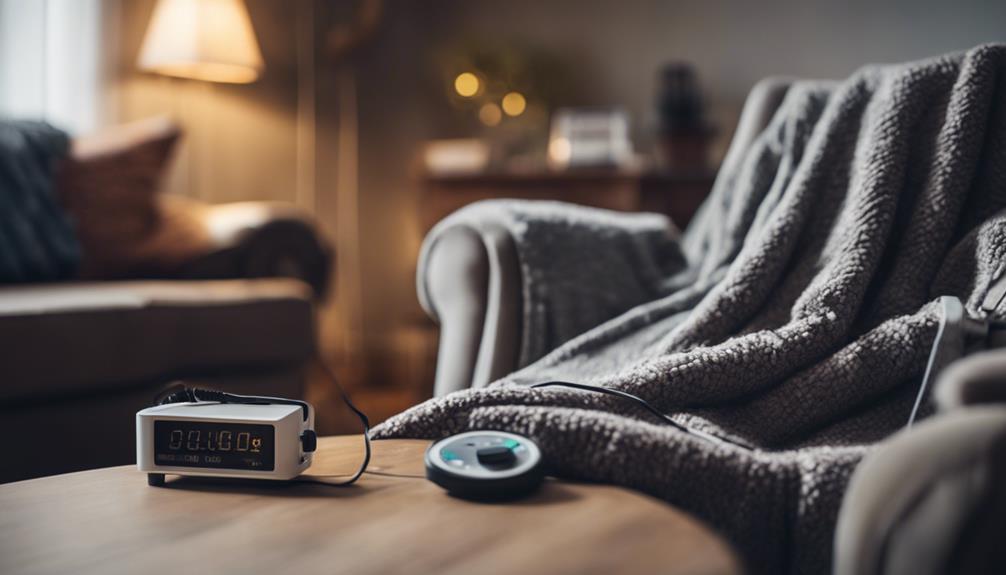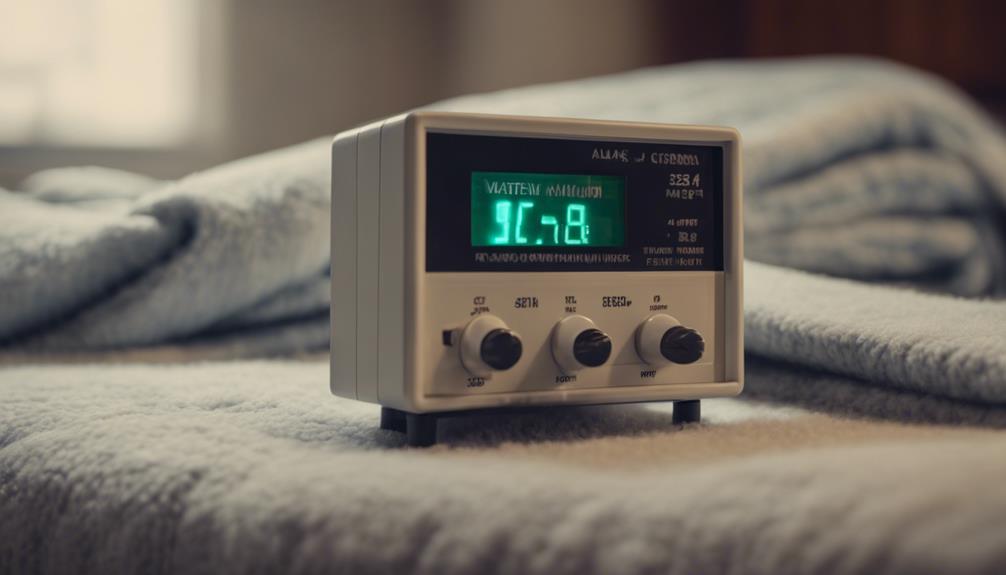To create a throw blanket, the number of chains required depends on stitch complexity, desired width, and gauge swatch precision. Factors like lacing or cables can impact chain counts. Ensuring stitch consistency and the correct width is essential. Gauge swatches are helpful in achieving accurate sizing and stitch tension. Adjusting stitch gauge counts ensures the right dimensions. Counting stitches per inch assists in calculating chains. For more in-depth guidance on chain counting, you can explore resources like the Free Blanket Size Guide or find inspiration from Blanket Ideas. Joining the Crochet Community can also help improve your skills. Discover detailed tips for making chains for your next blanket project.
Key Takeaways
- Consider stitch multiples and pattern requirements for accurate chain count.
- Determine width and maintain stitch consistency with turning chains.
- Use gauge swatch to ensure proper sizing and stitch tension.
- Measure stitch gauge and adjust for accurate dimensions.
- Utilize additional resources like size guides and community support for successful projects.
Determining Stitch Complexity
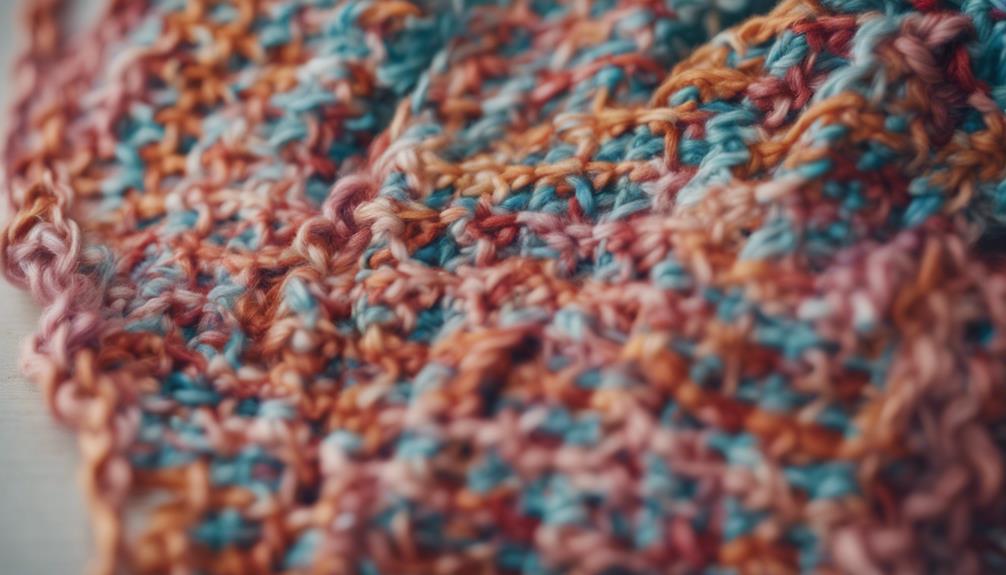
Understanding the stitch complexity plays an essential role in accurately determining the number of chains required for a throw blanket. Different crochet stitches, such as lacing, cables, and popcorn stitches, have specific stitch multiples necessary for pattern accuracy. When working on a baby blanket with intricate stitch patterns, it becomes important to take into account the stitch complexity. These complex stitches may impact the number of chains needed to achieve the desired width and length for the blanket.
In cases where intricate stitch patterns are involved, it's advisable to create a gauge swatch. This swatch helps in determining the accurate chain count needed for the specific stitch complexity of the pattern. Additionally, when calculating the chain count for a throw blanket, it's essential to take into account the first row stitch type and the turning chains. By understanding the stitch complexity, crocheters can make sure that their baby blankets turn out as intended, with the right number of chains to support the intricate design.
Simple Stitches for Width
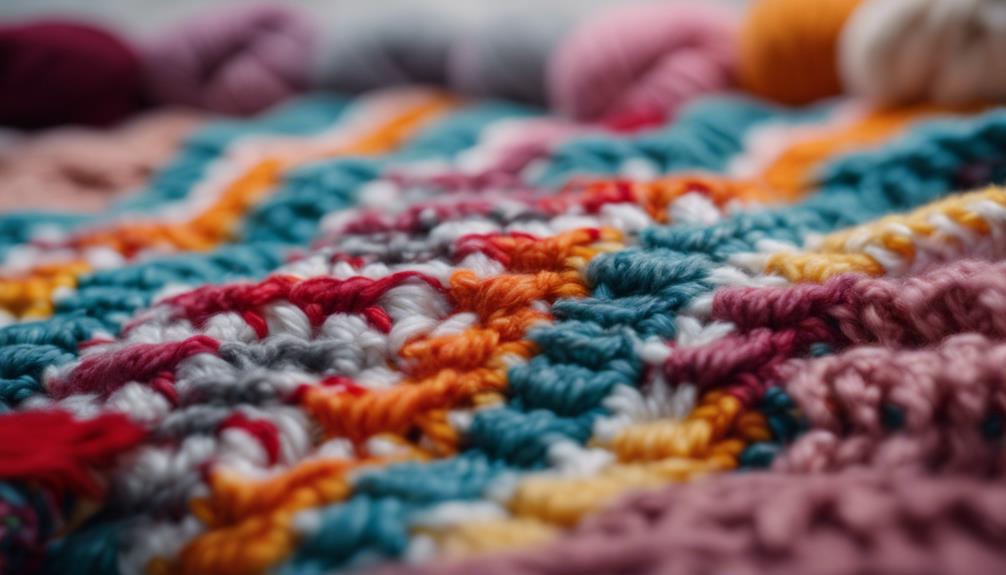
To achieve the desired width for a throw blanket using simple stitches like single crochet or double crochet, start by making a chain that matches the intended width. Here are three key points to take into account when determining the size of your project:
- Adding Turning Chains: When using simple crochet stitches, such as single crochet, it's important to include extra chains at the beginning of the row for turning. This guarantees that the stitch count remains consistent and helps maintain the overall sizing accuracy of the blanket.
- Matching Chain to Width: For a throw blanket that needs to be 60 stitches wide with single crochet as the first stitch, you should chain 60 plus 1 additional chain. This additional chain serves as the turning chain and aids in achieving the correct width for your blanket.
- Consistency for Size: Following these steps not only guarantees the desired width but also helps maintain a consistent stitch count throughout the project. Consistency is key to creating a throw blanket with the correct dimensions.
Importance of Gauge Swatch
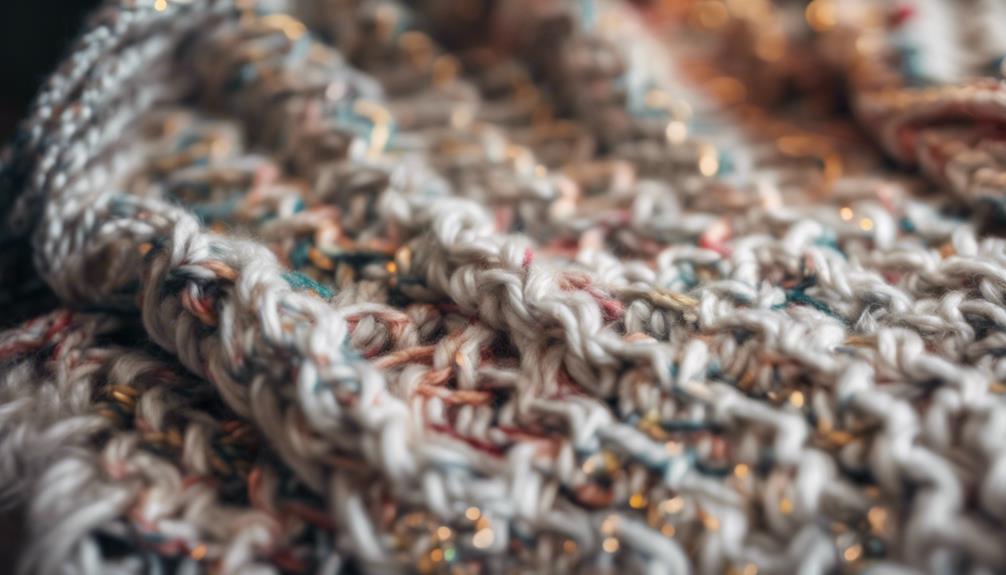
Understanding the importance of a gauge swatch can save time and effort in your crochet project. By testing different hook sizes and tensions on a swatch, we guarantee the final blanket matches the desired dimensions accurately.
This step is essential in achieving a well-fitted and proportional throw blanket.
Gauge Swatch Benefits
Creating a gauge swatch is crucial for guaranteeing the accuracy and proper sizing of your crochet project by determining the number of stitches per inch. Here are three benefits of making a gauge swatch:
- Accurate Stitch Count: The gauge swatch helps in calculating the number of stitches needed per inch, allowing you to adjust your chain count accordingly for the desired size.
- Maintaining Consistent Stitch Tension: By matching your stitch tension to the pattern's requirements through the swatch, you guarantee your project turns out in the correct size as intended.
- Precision with Turning Chains: Incorporating turning chains based on the first row stitch type as practiced in the swatch ensures uniformity and consistency throughout your crochet work.
Swatch Testing Importance
Swatch testing plays a vital role in guaranteeing the accuracy and success of our crochet project by determining the correct gauge for our stitches. It helps us confirm that our stitches match the pattern's specified measurements.
By making a swatch, we can adjust our hook size to achieve accurate project sizing. This process is especially important for achieving the desired dimensions of our throw blanket.
Measuring our swatch is key in calculating the number of chains needed for our project. Using a measuring tape allows us to be precise in our calculations and guarantees that our final creation meets our expectations regarding size and appearance.
Measuring Stitches per Inch
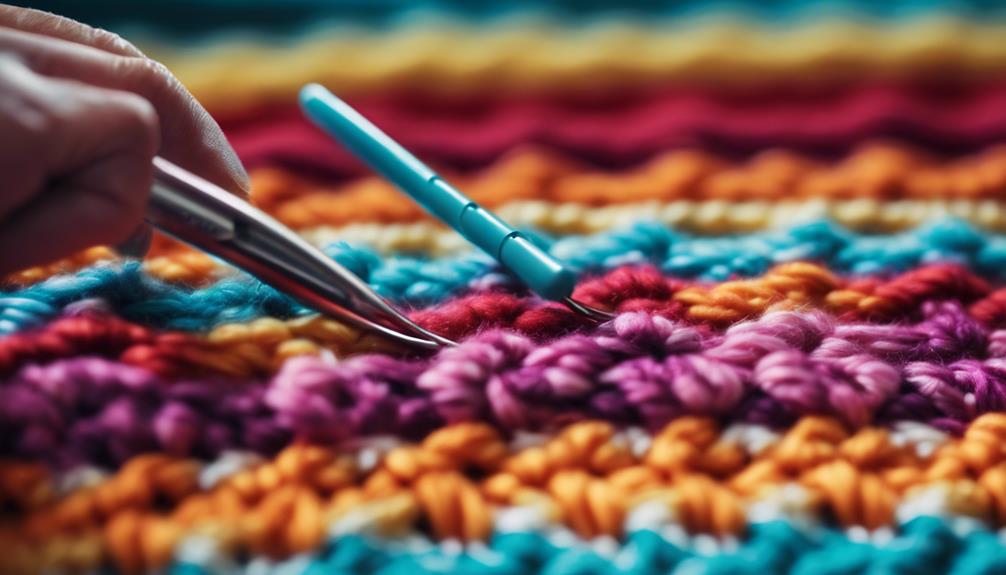
To guarantee the accuracy of our crochet work, we must pay close attention to the number of stitches per inch.
By counting the stitches in a 1-inch section and calculating the average across multiple sections, we can determine our stitch gauge.
Adjusting our tension or hook size based on this measurement is vital for achieving the correct dimensions in our projects.
Stitch Gauge Importance
Understanding the importance of measuring stitches per inch is key to accurately determining the number of chains required for the desired width of your throw blanket. Here are three vital points regarding stitch gauge importance:
- Correct Sizing: Achieving the right stitch gauge guarantees your throw blanket turns out to the intended size, preventing discrepancies in the final dimensions.
- Accurate Calculations: Measuring stitches per inch is essential for accurately calculating chain count in crochet projects, allowing you to plan and execute your project with precision.
- Dimension Adjustment: Understanding stitch gauge helps in adjusting chain counts to match the required dimensions for your throw blanket, ensuring it meets your desired specifications.
Calculating Stitch Count
To accurately calculate the number of chains needed for a throw blanket, start by measuring the stitches per inch over a 4-inch span and then dividing by 4. This step guarantees an accurate measurement for determining the stitch count. Once you have the stitches per inch, multiply this number by the desired width of your throw blanket to calculate the exact number of chains required. Remember to account for the turning chain in your calculations, especially for the first row stitch type. Gauge swatches play an important role, particularly when working with intricate stitch patterns like cables or shells. Ensuring an accurate stitch count per inch guarantees that your throw blanket will turn out to the desired size.
| Stitch Count | Calculation |
|---|---|
| 4 | 4 inches measured divided by 4 |
| 5 | 5 inches measured divided by 4 |
| 6 | 6 inches measured divided by 4 |
| 7 | 7 inches measured divided by 4 |
| 8 | 8 inches measured divided by 4 |
Calculating Number of Chains
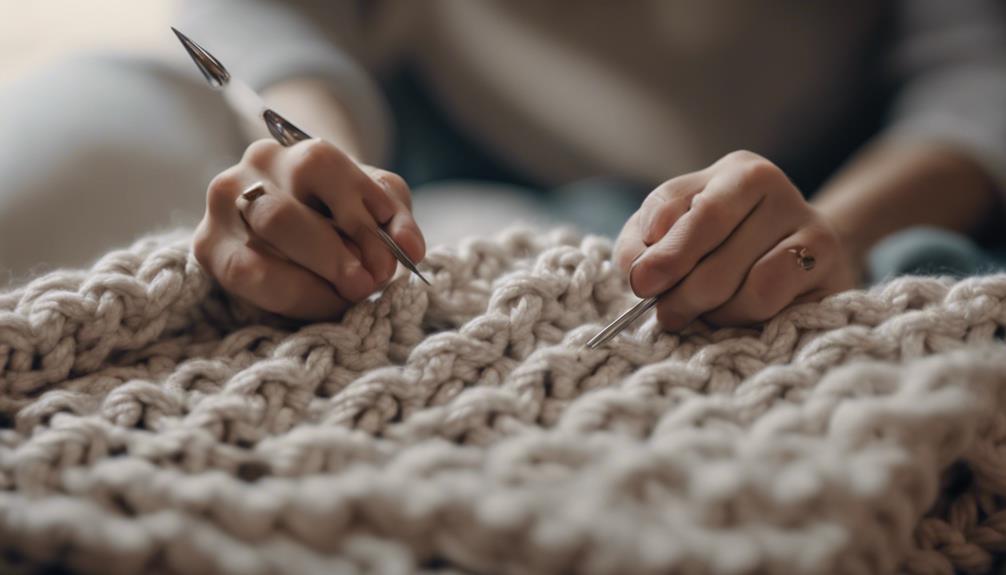
When calculating the number of chains for a throw blanket, consider the desired width along with the stitch pattern and yarn weight for accuracy. To guarantee your throw blanket turns out just right, follow these guidelines:
- Make a Baby Blanket: If you're aiming to make a baby blanket, the number of starting chains will be smaller compared to an adult-sized throw. Adjust the chain count based on the intended recipient's size.
- Single Crochet: When working with a single crochet stitch, you might need more chains to achieve the same width compared to a taller stitch like double crochet. Test swatches can help you determine the ideal chain count.
- Yarn and Hook: The thickness of your yarn and the size of your hook will influence the number of chains needed. Bulkier yarn requires fewer chains for the same width, while a larger hook can also impact the overall sizing of your blanket.
Tips for Chain Measurement
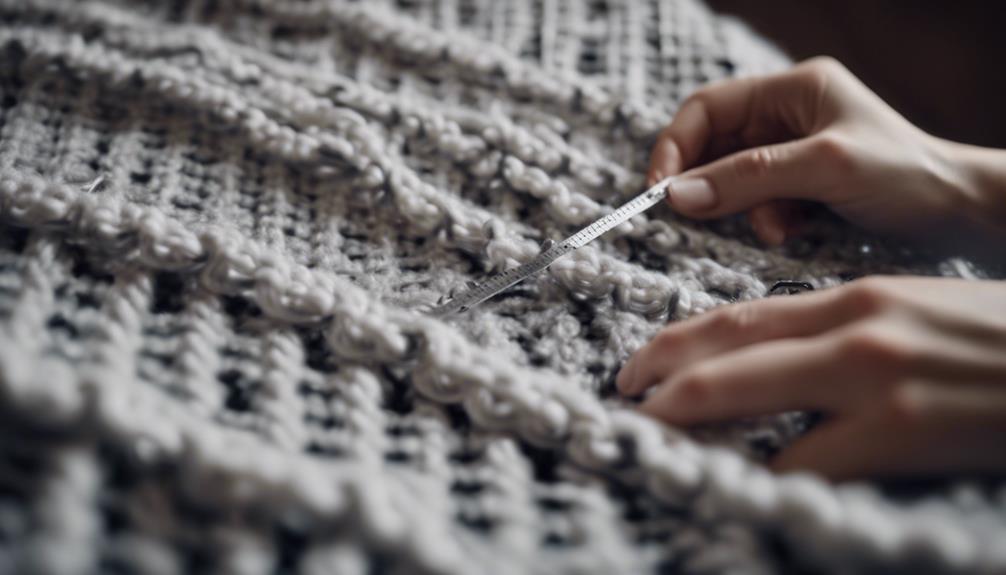
For accurate chain measurement when starting a throw blanket, consider creating a swatch to determine the stitches needed precisely. This step allows you to gauge the amount of stitches within a specific measurement, guaranteeing your crochet blanket turns out just right.
When measuring your chain, gently stretch it to confirm the correct length, as this can impact the overall size of your project. Remember to account for any turning chains separately, maintaining consistency in your blanket pattern.
After working the first row of stitches, reevaluate your measurements to make any necessary adjustments. Additionally, consider the stitch pattern you'll be using for your throw blanket, as different patterns may require varying numbers of chains to achieve the desired look.
Taking these tips into account will help you start your project on the right foot and ensure a successful outcome.
Free Blanket Size Guide
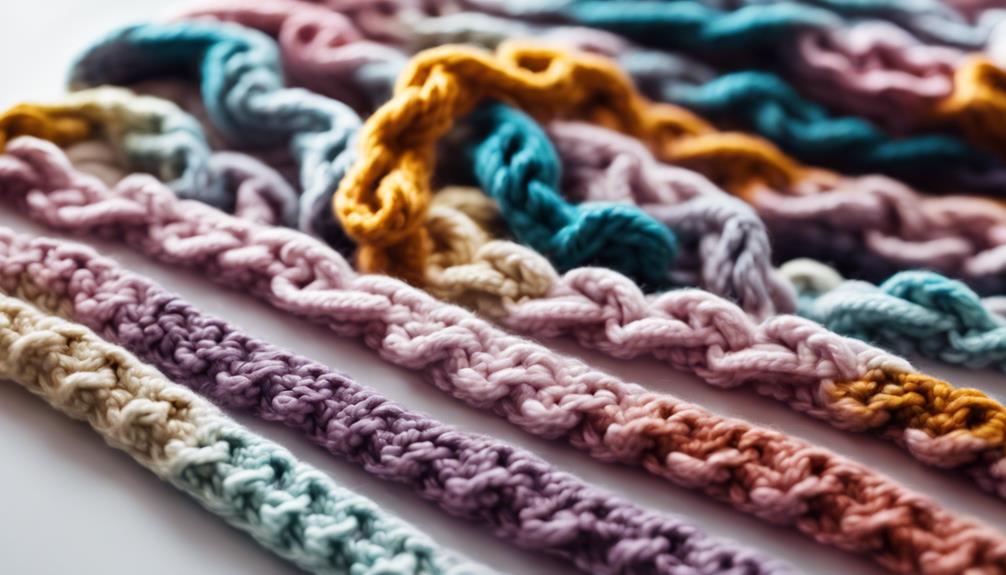
Consulting the Free Blanket Size Guide provides a convenient reference for determining the dimensions of your throw blanket. Here are some important points to take into account when using this guide:
- Accurate Measurements: The guide offers precise measurements for various blanket sizes, ensuring you know exactly how big your finished blanket will be.
- Eliminating Guesswork: By following the guide, you can avoid the frustration of ending up with a throw blanket that's either too small or too large. This resource helps you make informed decisions about the size of your project.
- Ensuring Size Preferences: Whether you prefer a cozy lap blanket or a large, snuggly throw, the Free Blanket Size Guide helps you determine the number of chains you need to make to achieve the perfect dimensions for your finished blanket.
Using this guide as a reference will streamline your crochet project, giving you confidence that your throw blanket will turn out just the way you envision it.
Blanket Inspiration Ideas
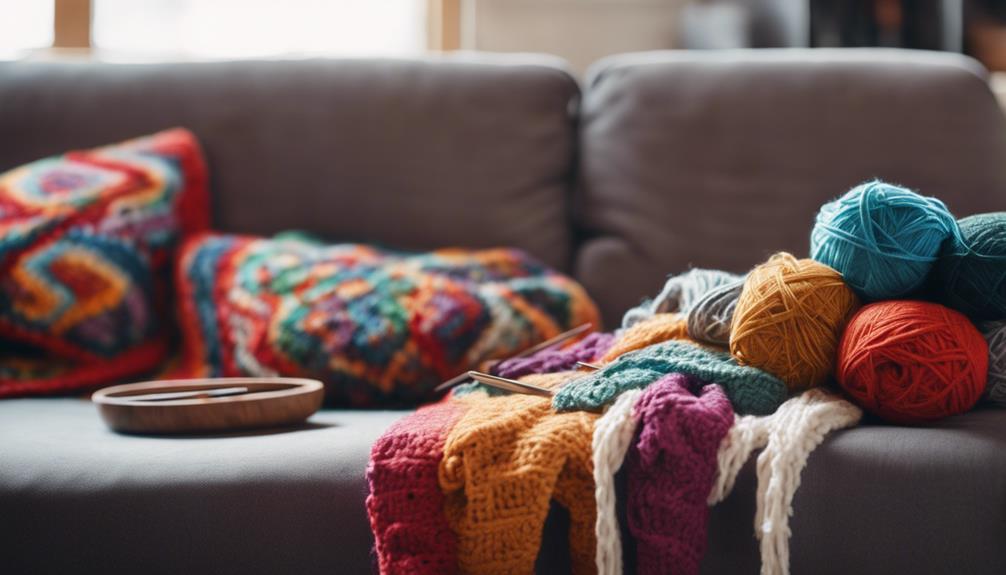
Looking for fresh ideas to spark your creativity for crochet blankets? Consider creating a Patchwork blanket to learn new stitches and enhance your crochet skills. This project allows you to experiment with different patterns and textures, making each square a unique piece of art that comes together to form a stunning throw blanket. Utilizing a Pattern Ebook can provide you with guidance and inspiration throughout your blanket project, ensuring you stay on track and achieve the desired outcome.
For beginners, a Granny Square Lap Blanket is an ideal choice. It's perfect for those looking to start their crochet journey and makes for great Christmas gifts. If you're aiming for a larger project, such as a queen size throw blanket, you can opt to practice the Join as You Go method to improve the neatness of your blanket joins. This technique not only enhances the overall look of your blanket but also helps you develop your crochet skills further by mastering the art of seamless stitching.
Crochet Community Membership Offer
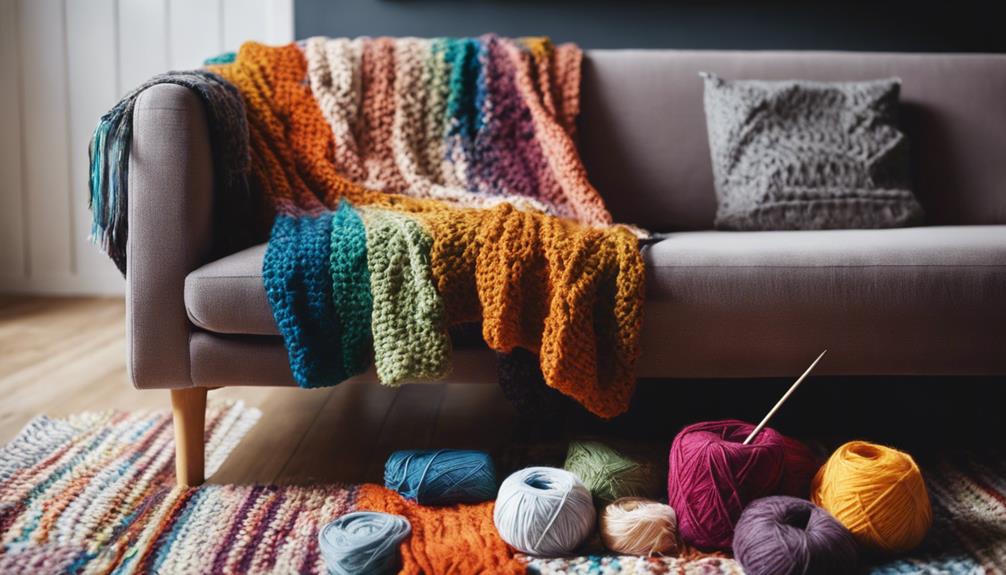
Let's explore the benefits of joining the Crochet Community Membership, where exclusive content and a supportive community await for those passionate about crochet.
- Gain access to a treasure trove of exclusive crochet content on a monthly basis, including advanced techniques, patterns, and tips to elevate your crochet skills.
- Immerse yourself in a supportive community of like-minded crocheters who are ready to offer guidance, share experiences, and provide inspiration to fuel your crochet journey.
- Enhance your crochet skills through regular interactions within this community, where discussions and collaborations with fellow members can help you refine your techniques, troubleshoot challenges, and stay motivated in your creative pursuits.
Frequently Asked Questions
How Many Stitches for a Throw Blanket?
When making a throw blanket, the number of stitches required depends on the desired width and the stitch pattern chosen. Consider the gauge for accuracy.
Adding extra chains at the ends guarantees a tidy edge. Adjust the count for different yarn weights or hook sizes.
Create a swatch for precise calculations. These steps help ascertain the stitch count needed for a beautifully crafted throw blanket.
What Size Should a Crochet Throw Blanket Be?
When determining the size of a crochet throw blanket, it's crucial to take into account its intended use and personal preferences. Standard sizes range from 50-60 inches wide by 60-70 inches long, but larger options can go up to 55-65 inches wide by 70-80 inches long for extra coverage.
Smaller throw blankets can be 40-50 inches wide by 50-60 inches long for a more compact size. Customizing the size allows for a personalized finished product.
How Many Rows Do You Need to Crochet a Throw Blanket?
When crocheting a throw blanket, determining the correct number of rows is essential for achieving the desired size and look. Factors such as tension, yarn weight, stitch pattern, and desired drape influence the final count. For a standard 50×60 inch throw, approximately 170-200 rows are typical.
Adjust this number based on your specific project needs. Utilizing a gauge swatch can aid in calculating the precise number of rows required for your unique creation.
How Many Chain Stitches Do I Need for a Temperature Blanket?
When making a temperature blanket, the number of chain stitches needed depends on the chart you're following. Typically, for a year-long project, you start with 365 chains, representing each day of the year.
Each day's temperature corresponds to a specific color, determining the stitch count for that day. By adhering to the temperature chart accurately, you can guarantee your temperature blanket turns out beautifully, capturing the year's temperature variations in a colorful and unique way.
Conclusion
To sum up, the number of chains needed to make a throw blanket will vary depending on the stitch complexity, desired width, and gauge swatch measurements.
By following the steps outlined in this article and utilizing the free blanket size guide, crocheters can create beautiful and customized blankets with ease.
Joining the crochet community can provide additional inspiration and support for your projects. Happy crocheting!
